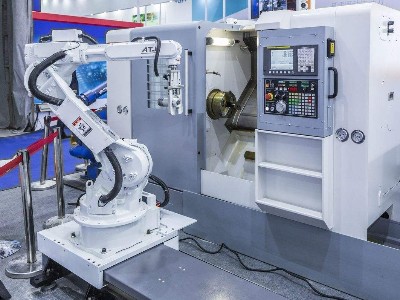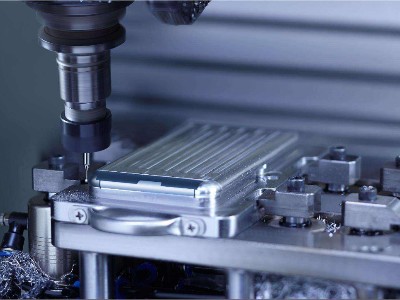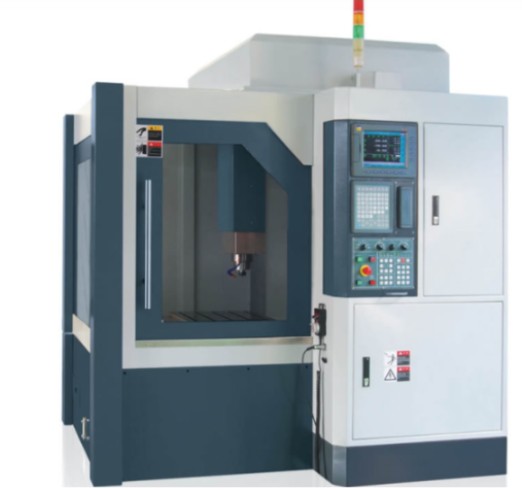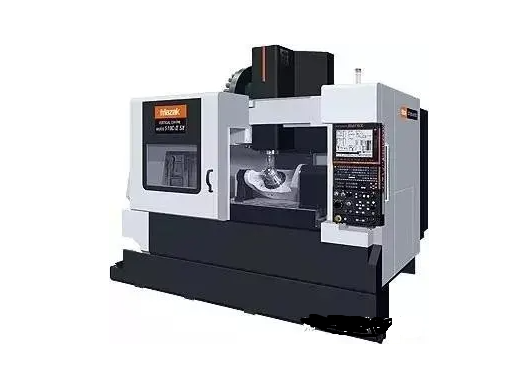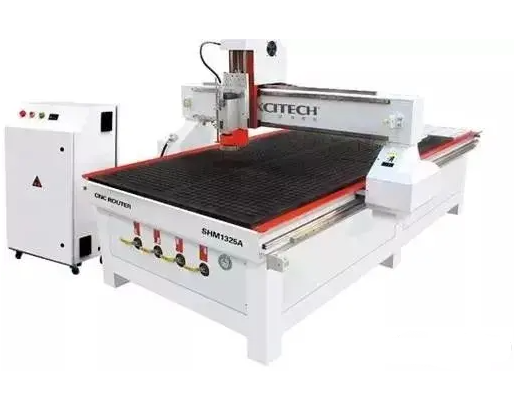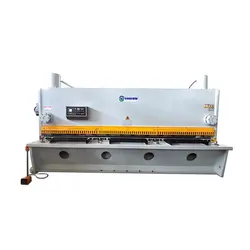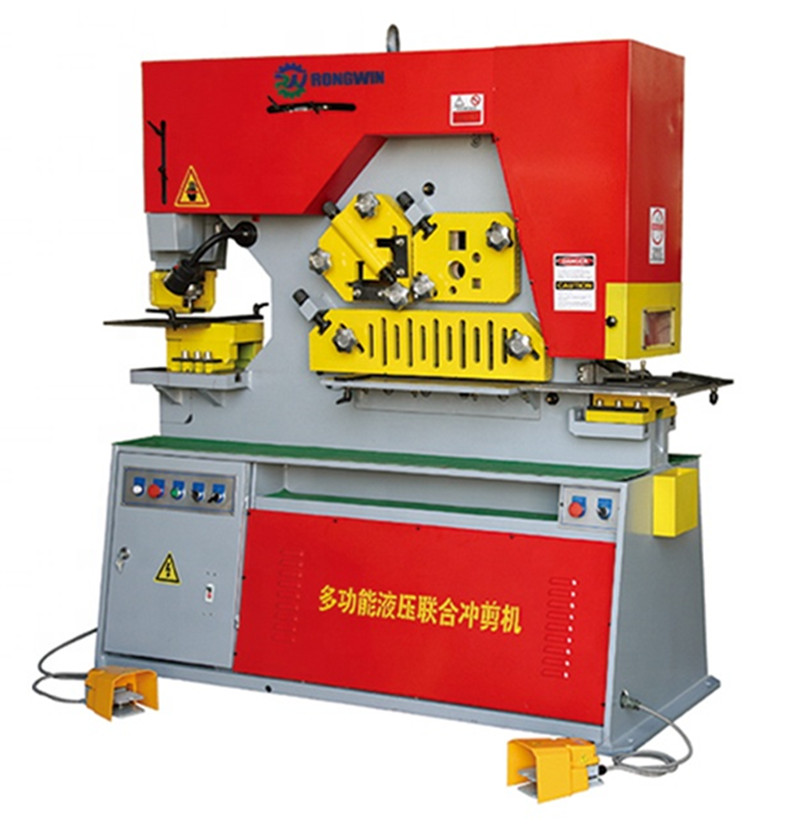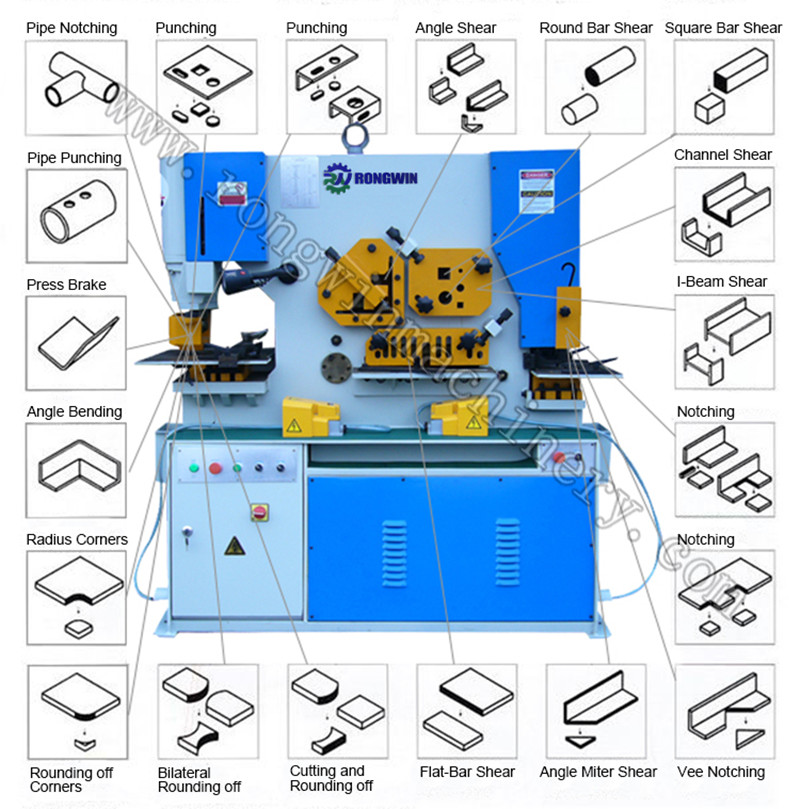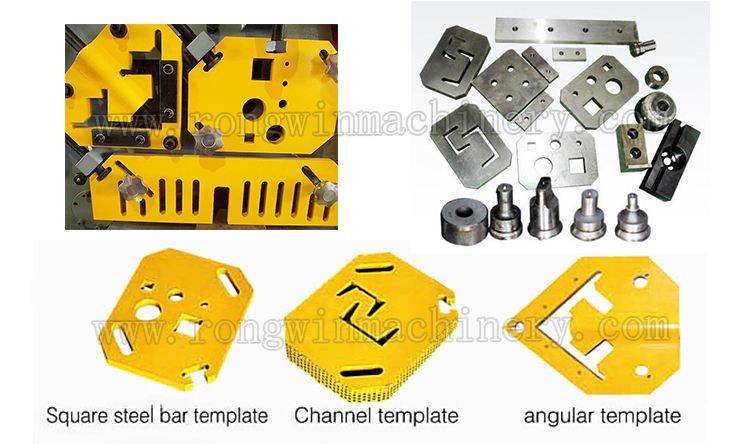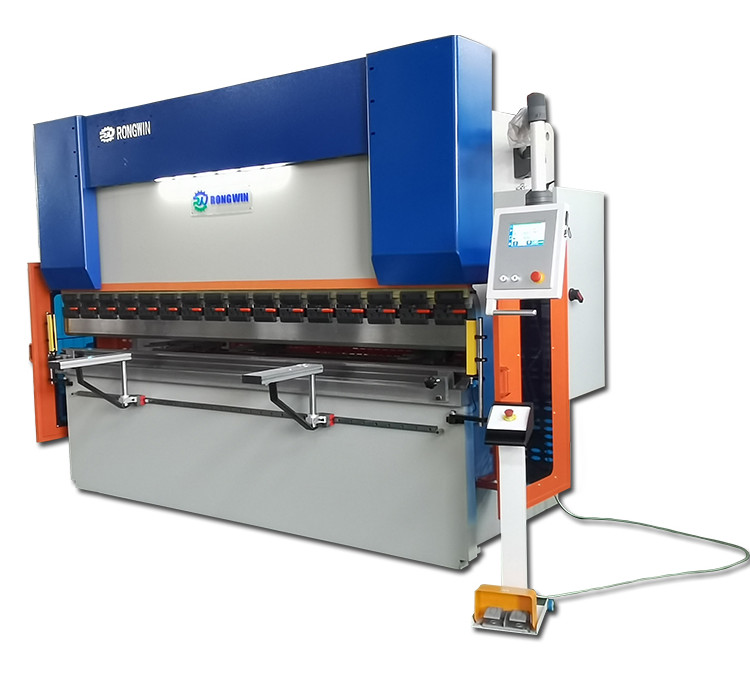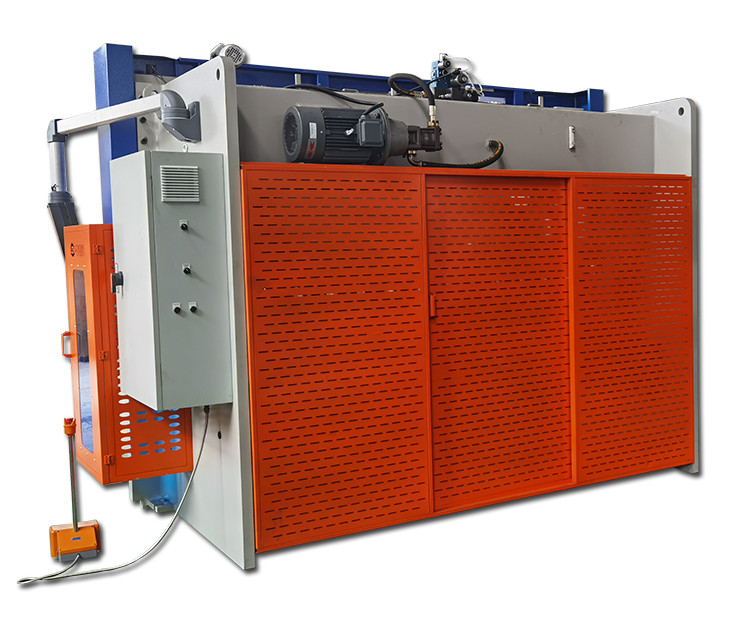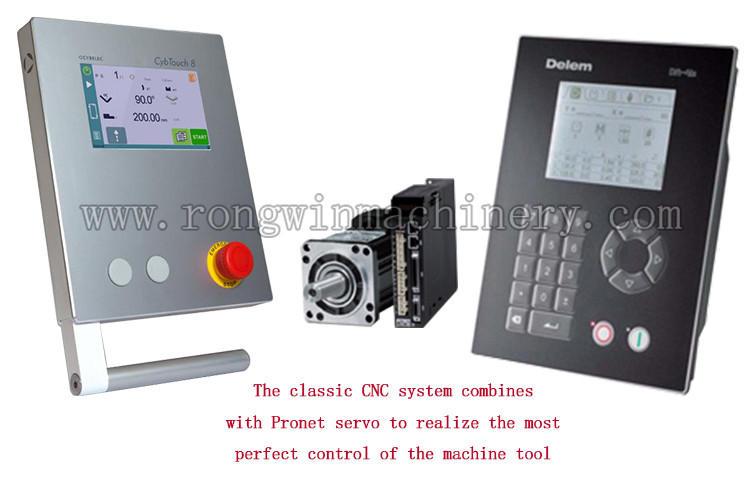| When it comes to manufacturing plastic parts, there are two main processes that come to mind: CNC machining and injection molding. Both processes have their advantages and disadvantages, so it’s important to understand which one is right for your specific project. When product teams need large numbers of plastic parts produced cost-effectively, they will likely consider whether injection molding is a viable option. Injection mold tooling requires a significant initial investment, but the durability and lifespan of the molds can dramatically lower the per-unit cost of production. While injection molding is among the most popular and reliable methods for manufacturing plastic parts, it may not be the ideal process for certain jobs. Thankfully, plastic components can be manufactured via a number of methods, including CNC machining, a process offering a suite of unique advantages. | 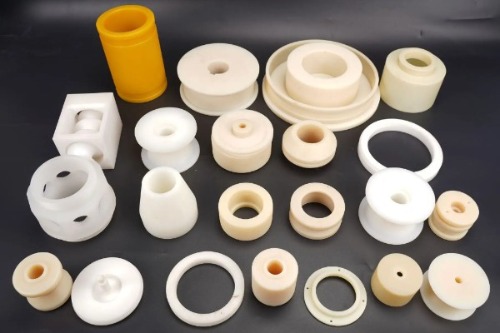 |
What is Plastic Injection Molding?
| Plastic injection molding produces parts by injecting molten materials – most commonly thermoplastics – into molds, also known as tools. Before being injected, the plastic is heated in the barrel, injected into the mold, moves along channels known as runners, and then into the part itself. Once completed, the mold opens, and the part is ejected, ready to start the process again. Loaded into hydraulic or electric machines, a well-made mold, and the right plastic resin can produce precision parts at a very fast rate. | 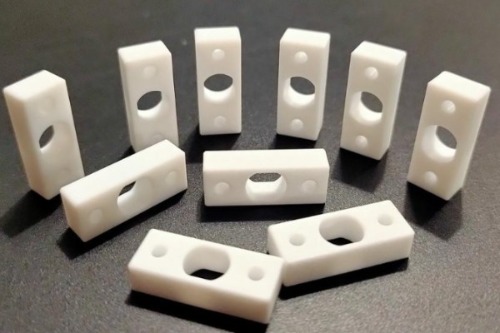 |
Advantages and Disadvantages of of Plastic Injection Molding Compared to CNC Machining
Advantages:
- It can easily produce large volumes of parts in a rapid and repeatable fashion since multiple-cavity molds can create many parts in one injection cycle.
- Injection molding has the lowest price per part of any manufacturing process, since the molds have long lives, and multiple-cavity molds can increase the capacity of each machine to support high-volume orders.
- Minimal post-processing is required because parts are often ready to be shipped immediately after ejection depending on the type of gate (entry point from the runner into the cavity) that is used.
Disadvantages:
- It is difficult to accommodate product design changes since rework on complex molds with several plates, cams, and complex geometries can be troublesome.
- Imperfections on the interior of the mold can result in finished parts with surface flaws.
- Enormous upfront investment is required for mold fabrication since multi-cavity molds can cost anywhere from a few thousand to hundreds of thousands of dollars.
What is CNC Machining?
| While injection molding is about filling, CNC machining is about taking away. CNC machining is a subtractive manufacturing process that uses machines like mills, lathes, drill presses, and saws, to make highly precise parts. CNC – which stands for computer numerical control – machining is about using computer-controlled cuts removal material from a solid block a layer at a time. This information is pulled from a CAD or similar digital file, allowing for alterations to the files between production. The computer breaks these files down into a series of commands which are fed to one or more milling tools that work on the material to produce the final product. This allows quick transition between digital designs and physical parts. CNC machining is often preferred to injection molding due to the ability to easily accommodate product design changes, its ability to produce tight tolerance parts, and the possibility of using several different materials. | 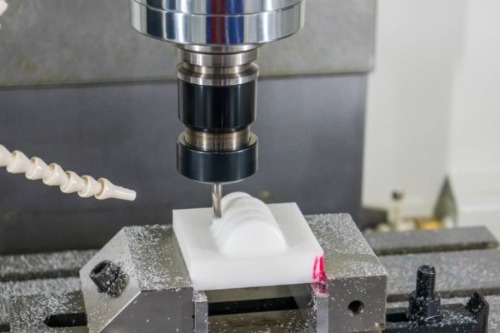 |
Advantages and Disadvantages of CNC Machining Compared to Plastic Injection Molding:
Advantages:
- Beautiful surface finishes and tight tolerances are easily obtainable with CNC machining since small-diameter tools can be used and each process parameter can be optimized.
- A wide range of materials can be shaped using CNC machining since both plastic and metal materials can be cut.
- It is easy to modify part designs since programs containing the CNC machine instructions and fixtures can quickly be changed to match successive design iterations.
- CNC machining has faster tooling lead times than injection molding since complex molds don’t have to be made.
Disadvantages:
- Large production volumes and price-per-part are more expensive for CNC-machined products due to the longer per-part cycle time needed to make parts.
- Labor-intensive since workpieces, completed parts, tools, and tool holders, must be fixed to and removed from the machine depending on the job.
Which Process is Best for Manufacturing Plastic Parts?
As highlighted in the comparison above, it depends on your needs. CNC machining is typically more flexible, offering stable costs for low-to-moderate production runs and high precision. Injection molding on the other hand produces most of the plastic parts consumers are exposed to in their daily lives. This is because injection molding offers fast, low-cost-per-unit production at high volumes.It’s worth noting that in some cases, the two processes can be used in tandem.
When it comes to finding the finding the best manufacturing process for your plastic parts, we believe having more information to make decisions is always better. Interesting in learning more about your options with injection molding? Feel free to contact us or to directly request a quote today. With more than 14 years of combined experience in injection mold design, tooling, and parts production, we can assist you with every step of the process, from prototype design to making the mold to state-side parts production.
GT proto provides a wide range of manufacturing capabilities, including CNC machining and other value-added services for all of your prototyping and production needs. Visit our website to learn more or to request a free, no-obligation quote.

